
Peter Pan
¥155.02
Let your imagination take flight as you journey with Peter Pan, Tinker Bell, and the Darling children to the magical island of Neverland in this beautiful new unabridged gift edition of J.M. Barrie's classic story. All-new original illustrations and ten exclusive interactive elements from the award-winning design studio MinaLima create an enchanted adventure for readers of all ages—all you need is to think lovely thoughts and use a little bit of fairy dust.

The Pocket Wife
¥90.77
She was there. She was involved in Celia's day, although she isn't sure exactly how. She had far too much to drink. And then the incredible death—the shocking, horrible, inconceivable death, sticking like a dagger in her heart. She closes her eyes and tries to remember the last thing she said to Celia. She thinks it was "I don't ever want to see you again."Dana Catrell's life is in chaos. She's married to a lawyer who makes her feel trivial, as if stuck inside his pocket like loose change. She's also sliding toward the brink of insanity. Devastated by mania, part of her bipolar disorder, Dana finds that there are troubling holes in her memory, including what happened on the afternoon of her friend Celia's death. She's horrified to learn she's the only other person with a key to Celia's house—and the last person to see her alive.She and Celia had shared recipes and gossip. But not secrets—until that final afternoon. Closing her eyes, Dana can see images, loose pieces of a hazy puzzle. Sangria in a glass, a tiny rip in Celia's screen door, Celia lying in a pool of blood, the broken vase beside her head, the kitchen knife just so above her hand. But there are infuriating, terrifying gaps.Is murder on her mind—or is it all in her head?As evidence starts to point in her direction, Dana will use the clarity her mania brings her to fill in the blanks and clear her name before her demons win out. But her husband's odd behavior and the persistent probing of Detective Jack Moss complicate Dana's search for answers. The closer she comes to piecing together shards of her broken memory, the closer Dana comes to falling apart. Is there a killer lurking inside her . . . or is there one out there in the shadows of reality, waiting to strike again?A story of marriage, murder, and madness, The Pocket Wife is a sophisticated, gripping tale of psychological suspense that explores the world through the foggy lens of a woman on the edge.
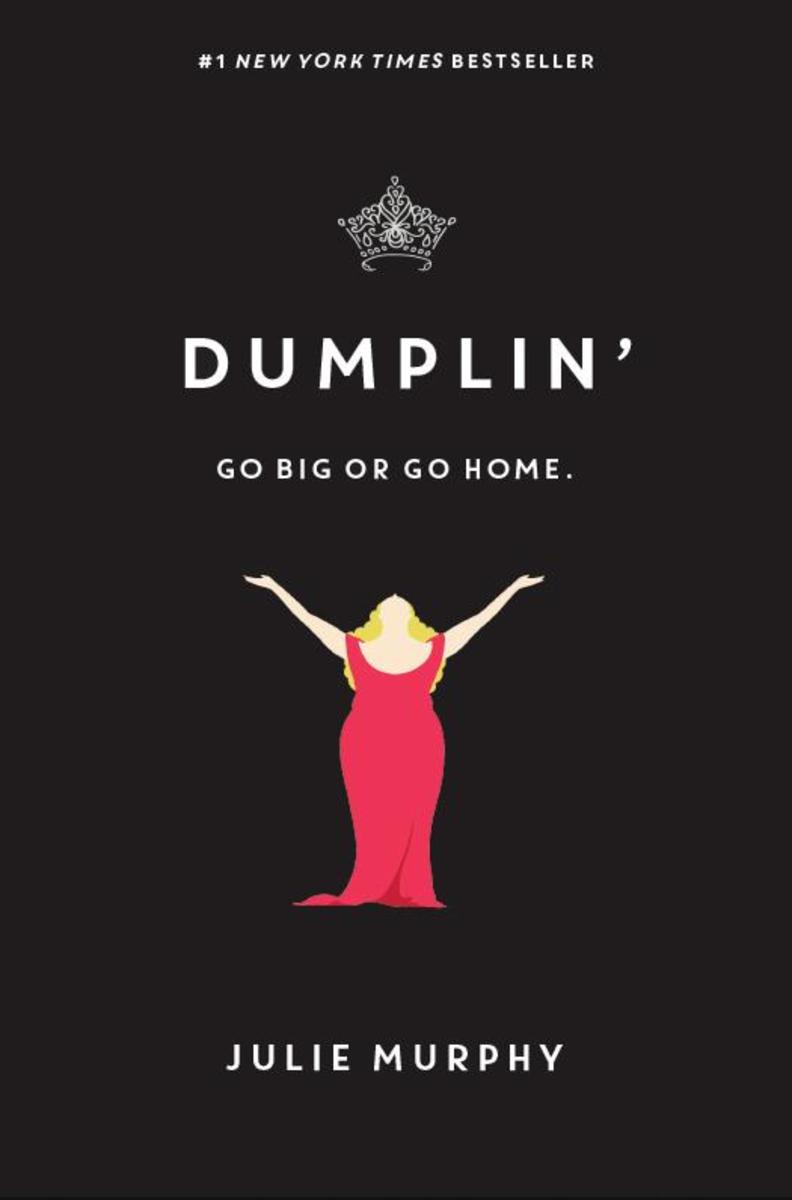
Dumplin'
¥55.33
For fans of John Green and Rainbow Rowell comes this powerful novel with the most fearless heroine—self-proclaimed fat girl Willowdean Dickson—from Julie Murphy, the acclaimed author of Side Effects May Vary. With starry Texas nights, red candy suckers, Dolly Parton songs, and a wildly unforgettable heroine—Dumplin’ is guaranteed to steal your heart.Dubbed “Dumplin’” by her former beauty queen mom, Willowdean has always been at home in her own skin. Her thoughts on having the ultimate bikini bodyPut a bikini on your body. With her all-American-beauty best friend, Ellen, by her side, things have always worked . . .until?Will takes a job at Harpy’s, the local fast-food joint. There she meets Private School Bo, a hot former jock. Will isn’t surprised to find herself attracted to Bo. But she?is?surprised when he seems to like her back. ?Instead of finding new heights of self-assurance in her relationship with Bo, Will starts to doubt herself.?So she sets out to take back her confidence by doing?the most horrifying thing she can imagine: entering the Miss Teen Blue Bonnet Pageant—along with several other unlikely candidates—to show the world that she deserves to be up there as much as any twiggy girl does. Along the way, she’ll shock the hell out of Clover City—and maybe herself most of all.

Wildalone
¥84.16
In this darkly imaginative debut novel full of myth, magic, romance, and mystery, a Princeton freshman is drawn into a love triangle with two enigmatic brothers and discovers terrifying secrets about her family and herself—a bewitching blend of Twilight, The Secret History, Jane Eyre, and A Discovery of WitchesFor every world, there is an underworld. Arriving at Princeton for her freshman year, Thea Slavin finds herself alone, a stranger in a strange land. Away from her family and her Eastern European homeland for the first time, she struggles to adapt to unfamiliar American ways and the challenges of college life—including a young man whose brooding good looks and murky past intrigue her. Drawn to the elusive Rhys and his equally handsome and mysterious brother, Jake, she ventures into a sensual mythic underworld as irresistible as it is dangerous.In this shadow world that seems to evoke Greek mythology and the Bulgarian legends of the samodivi, or "wildalones"—forest witches who beguile and entrap men—Thea will discover a family secret bound to transform her forever . . . if she can accept that dead doesn't always mean gone, and love doesn't always distinguish between the two.Mesmerizing and addictive, Wildalone is a thrilling blend of the modern and the fantastical. Krassi Zourkova creates an atmospheric world filled with rich characters as compelling as those of Diana Gabaldon, Deborah Harkness, and Stephenie Meyer.
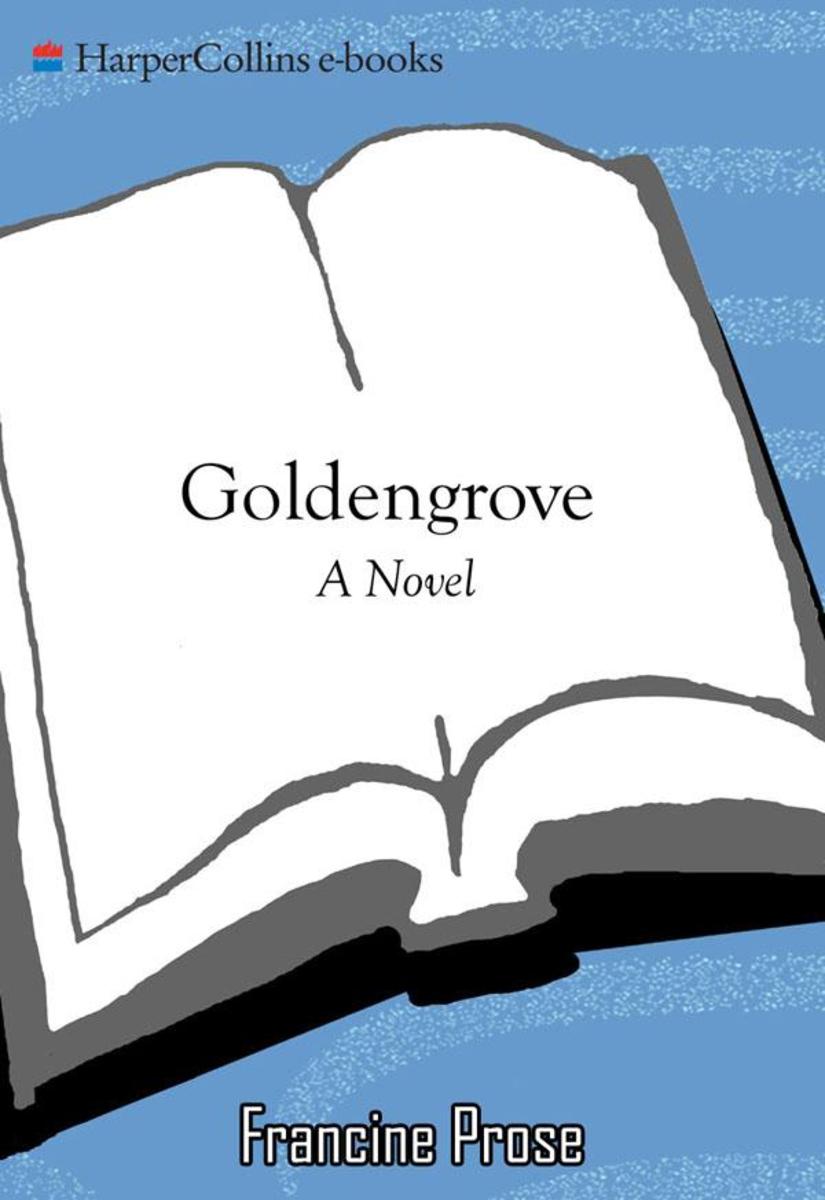
Goldengrove
¥78.55
At the center of Francine Prose's profoundly moving new novel is a young girl facing the consequences of sudden loss after the death of her sister. As her parents drift toward their own risky consolations, thirteen-year-old Nico is left alone to grope toward understanding and clarity, falling into a seductive, dangerous relationship with her sister's enigmatic boyfriend.Over one haunted summer, Nico must face that life-changing moment when children realize their parents can no longer help them. She learns about the power of art, of time and place, the mystery of loss and recovery. But for all the darkness at the novel's heart, the narrative itself is radiant with the lightness of summer and charged by the restless sexual tension of teenage life.Goldengrove takes its place among the great novels of adolescence, beside Henry James's The Awkward Age and L. P. Hartley's The Go-Between.

Secrets From the Eating Lab
¥151.53
Is Your Diet Making You Fat?From her Health and Eating Laboratory at the University of Minnesota, Professor Traci Mann researches self-control and dieting. And what she has discovered is groundbreaking: not only do diets not work, they often result in weight gain. We are losing the battle of the bulge because our bodies and brains are not hardwired to resist food—in fact, the very idea of it works against our biological imperative to survive.In Secrets from the Eating Lab, Mann challenges assumptions—including those that make up the foundation of the weight loss industry—about how diets work and why they fail. As Mann explains, most weight loss plans are reliant on the notion of willpower—and willpower is an illusion. Moreover, even when we are able to successfully lose weight, our bodies fight our efforts, seeking to regain the weight we've worked so hard to lose. In the end, we become chronic "yo-yo" dieters, destined to lose and regain the same pounds time and again. The diet industry is well aware of these facts and has tellingly built their business model on the concept of the "repeat customer"; they know we'll be back.The result of more than two decades of research, Secrets from the Eating Lab presents cutting-edge science and offers exciting new insights into the American obesity epidemic and our relationship with food. From redefining "comfort food" to reconsidering healthy food labeling that, ironically, makes us less inclined to make healthy choices, Mann presents an arsenal of simple, common-sense strategies that take advantage of human nature instead of fighting it—helping you to achieve a healthy and sustainable weight.

Girl Anatomy
¥72.70
The hip and heart–warming story of what it means to be a girl and what it takes to become a woman.When Lilly's best friend, Maya, gets engaged, the tenuous peace treaty Lilly thought she had finally established with her perennially single self shows itself to be as long–lasting as shoulder pads and frozen yoghurt. Wavering wildly between ecstasy and envy, serial dater and retail–therapy shopper, Lilly vows to get her life together.While sipping lattes from the Coffee Bean and planning forever with Maya, Lilly embarks on an uproariously comical and strikingly poignant ride of transformation, told through a series of delightfully engaging interior monologues. Travelling the byways of her own past, Lilly learns to be optimistic about her future and relish her new–found 'chic–dom'. In a voice that grows stronger, louder and more articulate than she ever imagined, Lilly ultimately comes to embrace her on–the–verge–of–womanhood status in all its uncertain yet exciting glory.Depicting the comic adventures of being a grown–up still coming of age, Rebecca Bloom evocatively and enthusiastically reveals tender truths about friendship and true love.

Etherworld
¥56.08
The mind-blowing action from Elusion, about the seductive nature of a perfect virtual world, continues as Regan goes deeper into the deceptive world. Full of mystery, romance, and intriguing technology, this Inception-inspired thriller is perfect for fans of dystopian and sci-fi novels such as Uglies by Scott Westerfeld, Matched by Ally Condie, and Partials by Dan Wells.Regan and her friend Josh now know the truth about Elusion—but they, along with Regan's dad and other uses of Elusion, are stuck beyond the firewall in bleak Etherworld. They must fight Elusion from within, but the longer they stay, the less likely they'll be able to return to the real world. And even if they do escape, the next battle to stop Elusion may be even more difficult. They'll face corporate cover-ups, personal betrayals, and the terrifying realization that the danger may have grown beyond anyone's control.

The One I Left Behind
¥83.03
The summer of 1985 changes Reggie’s life. An awkward thirteen-year-old, she finds herself mixed up with the school outcasts. That same summer, a serial killer called Neptune begins kidnapping women. He leaves their severed hands on the police department steps and, five days later, displays their bodies around town. Just when Reggie needs her mother, Vera, the most, Vera’s hand is found on the steps. But after five days, there’s no body and Neptune disappears.Now, twenty-five years later, Reggie is a successful architect who has left her hometown and the horrific memories of that summer behind. But when she gets a call revealing that her mother has been found alive, Reggie must confront the ghosts of her past and find Neptune before he kills again.

Charlotte Markham and the House of Darkling
¥84.16
When the nanny to the young Darrow boys is found mysteriously murdered on the outskirts of the village of Blackfield, Charlotte Markham, the recently hired governess, steps in to take over their care. During an outing in the forest, they find themselves crossing over into The Ending, "the place for the Things Above Death," where Lily Darrow, the late mother of the children, has been waiting. She invites them into the House of Darkling, a wondrous place filled with enchantment, mystery, and strange creatures that appear to be, but are not quite, human.However, everything comes with a price, and as Charlotte begins to understand the unspeakable bargain Mrs. Darrow has made for a second chance at motherhood, she uncovers a connection to the sinister occurrences in Blackfield and enters into a deadly game with the master of Darkling—one whose outcome will determine the fate of not just the Darrows but the world itself.Charlotte Markham and the House of Darkling is a Victorian Gothic tale about family ties, the realm beyond the living, and the price you pay to save those you love.

The Sweet Hereafter
¥90.77
In The Sweet Hereafter, Russell Banks tells a story that begins with a school bus accident. Using four different narrators, Banks creates a small-town morality play that addresses one of life's most agonizing questions: when the worst thing happens, who do you blame?

The Wild Princess
¥83.03
Four of the five daughters of England's Queen Victoria and Prince Albert were regal, genteel, and everything a princess should be. But one was rebellious, scandalous, and untamed.This is her story. . . . To the court and subjects of Queen Victoria, young Princess Louise—later the Duchess of Argyll—was the "Wild One." Proud and impetuous, she fought the constraints placed on her and her brothers and sisters, dreamed of becoming an artist, and broke with a three-hundred-year-old tradition by marrying outside of the privileged circle of European royals. Some said she wed for love. Others whispered of a scandal covered up by the Crown. It will take a handsome American, recruited by the queen's elite Secret Service, to discover the truth. But even as Stephen Byrne—code name the Raven—vows to risk his life to protect the royal family from violent Irish radicals, he tempts Louise with a forbidden love that could prove just as dangerous.In the vein of Philippa Gregory, Mary Hart Perry tells the riveting story of an extraordinary woman—a princess who refused to give up on her dreams, including her right to true love.
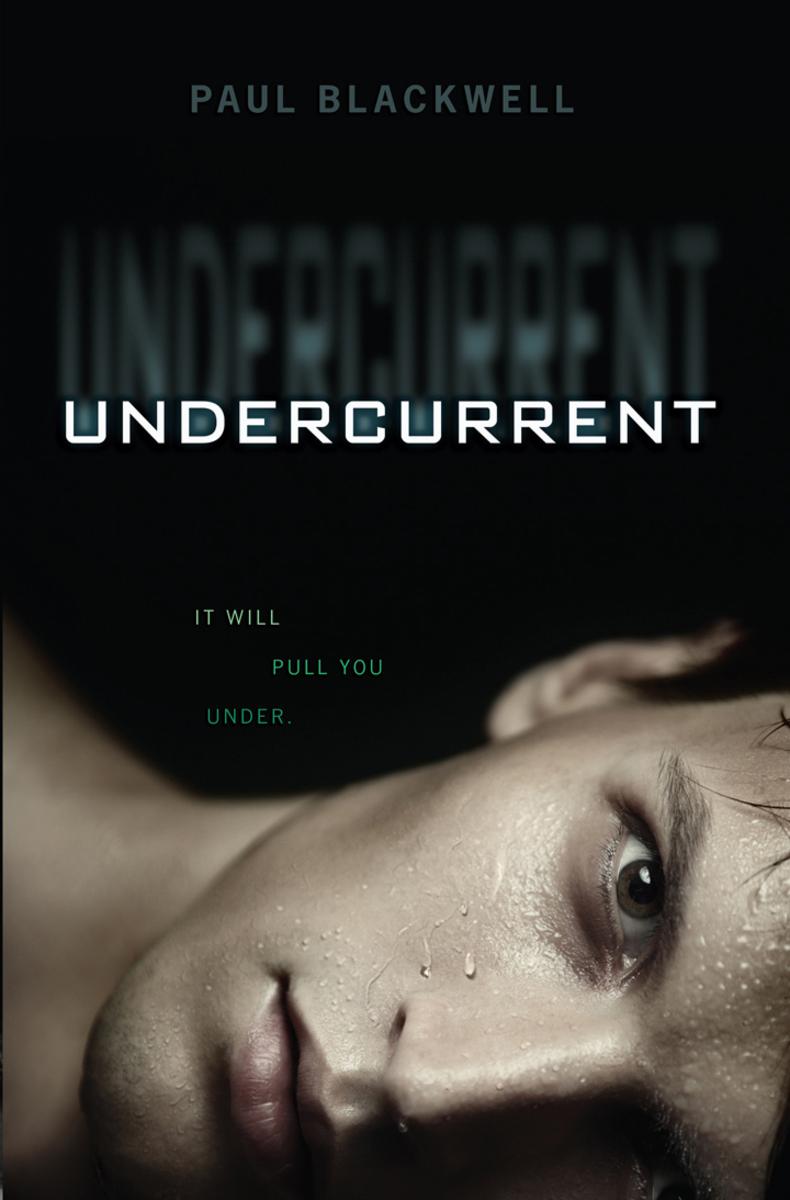
Undercurrent
¥56.08
In Undercurrent, Paul Blackwell's fast-paced teen thriller, sixteen-year-old Callum Harris survives a plummet over a waterfall but wakes to find himself in a life that's totally different from the one he knew.His parents were separated. Now they're together. His brother, Cole, was a sports star. Now he's paralyzed. And Callum, who used to be quiet and sort of unpopular, is suddenly a jock with two hot girls after him. But there's one difference that matters more than all the others combined: His former best friend wants Callum dead. And he isn't the only one.Tense and original, Undercurrent is a psychological thrill ride with sci-fi elements that will appeal to fans of Neal Shusterman. The Bulletin of the Center for Children's Books said, "the riveting opening and intense final scene will keep genre fans satisfied and breathless," while ALA Booklist called it "a menacing, suspenseful thriller."
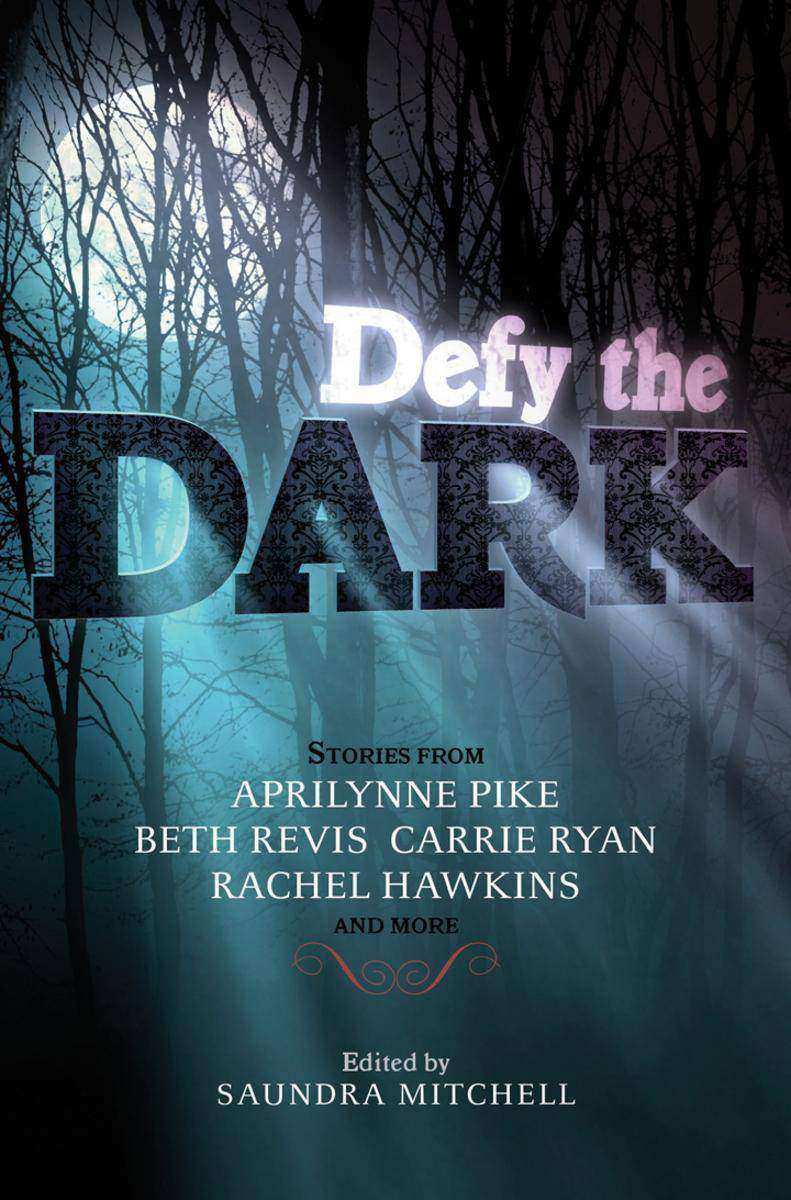
Defy the Dark
¥55.93
The seventeen original stories in Defy the Dark, an eerie, mind-bending YA anthology, could only take place in darkness.?Open the pages and discover: A creepy guy who stares too long. The secrets of the core of the earth. Dreams of other people’s lives. A girl who goes mad in the darkness. Monsters in Bavaria. A generational spaceship where night doesn’t exist. And other mysteries and oddities.?The contributors to the enthralling collection are: Sarah Rees Brennan, Tessa Gratton, Rachel Hawkins, Christine Johnson, Valerie Kemp, Malinda Lo, Myra McEntire, Saundra Mitchell, Sarah Ockler, Jackson Pearce, Aprilynne Pike, Dia Reeves, Beth Revis, Carrie Ryan, Jon Skovron, Courtney Summers, and Kate Espy, winner of the Defy the Dark new author contest.

Zap Proof Your Home
¥21.73
This selection from award-winning health pioneer Ann Louise Gittleman's Zapped tells you how to protect yourself from the hazards of electromagnetic pollution in the one place you should feel safe—your own home.We are all affected by the electromagnetic forces in our world—whether from our cell phones or from the electrical outlets in our walls. Author Ann Louise Gittleman proposes that we're being zapped by high levels of electromagnetic fields, and the wavelengths and frequencies they produce have reached the point of toxicity—making us feel tired, irritable, and weak.In this eSelect, you learn about the strength and location of harmful electromagnetic fields in your home. With step-by-step instruction, the author walks you room-by-room, teaching you how to remake the force fields in your environment and create positive energy flow.

Skinny Bitch Try Me Vegan Weekend
¥21.51
Veganism has quickly gone from the domain of zealous health nuts to the favorite lifestyle of fashion mavens. But with so much conflicting information out there, it’s not always easy to know how to get started. Now #1 New York Times bestselling Skinny Bitch coauthor Kim Barnouin presents a plan for those who would like to give the vegan diet a try for a couple of days—including all the information you need on what to buy, what to make, and what to eat for an easy-to-produce weekend of healthy and delicious food. In this eSelect Skinny Bitch Try Me Vegan Weekend, Kim Barnouin takes the mystery out of trying the vegan diet. It’s a comprehensive, user-friendly guide that includes food plans and recipes of tasty dishes like Blueberry Pancakes and Cajun Seitan Gumbo. And you won’t go hungry—she also includes a list of tasty vegan snacks. A long-time cook and baker, Barnouin shares all her knowledge with her trademark sassy voice and sparkling humor.

Better Than Good Hair
¥83.03
The fresh new handbook on how to achieve and maintain stylish natural hair, from the savviest and most revered expert on coils and curlsThese days there's a revolution going on. Relaxers are out. Weaves are so yesterday. Tired of damage from expensive chemical treatments and artificial enhancers, women of color are going natural thanks to Nikki Walton of CurlyNikki.com, the natural hair blogger and online hair therapy expert.In Better Than Good Hair, this gifted "curl whisperer" educates women on how to transition from relaxed to completely natural hair, with advice and styles for every length—from Fierce Braid-and-Curls to Fancy Faux Buns. She also counsels those considering the "big chop"—cutting it all off at once to sport a bold and beautiful "teeny weeny afro." Here, too, is essential?guidance for parents of mixed-race children dealing with new and unfamiliar hair textures and styles.Combining Walton's expansive knowledge with tips from other experts in the field, Better Than Good Hair includes:Product recommendationsHome hair care recipesAdvice for parents on how to manage their children's natural hair Tips for using henna on gray hair Guidance on dealing with?detractors Step-by-step illustrated directions for nearly two dozen hairdos, from frohawks to twist-outsFull of indispensable information, as empowering as it is accessible, and with a foreword by actress and comedian Kim Wayans, Better Than Good Hair is a must-have natural hair care bible that will help women of all ages and styles achieve their natural beauty.
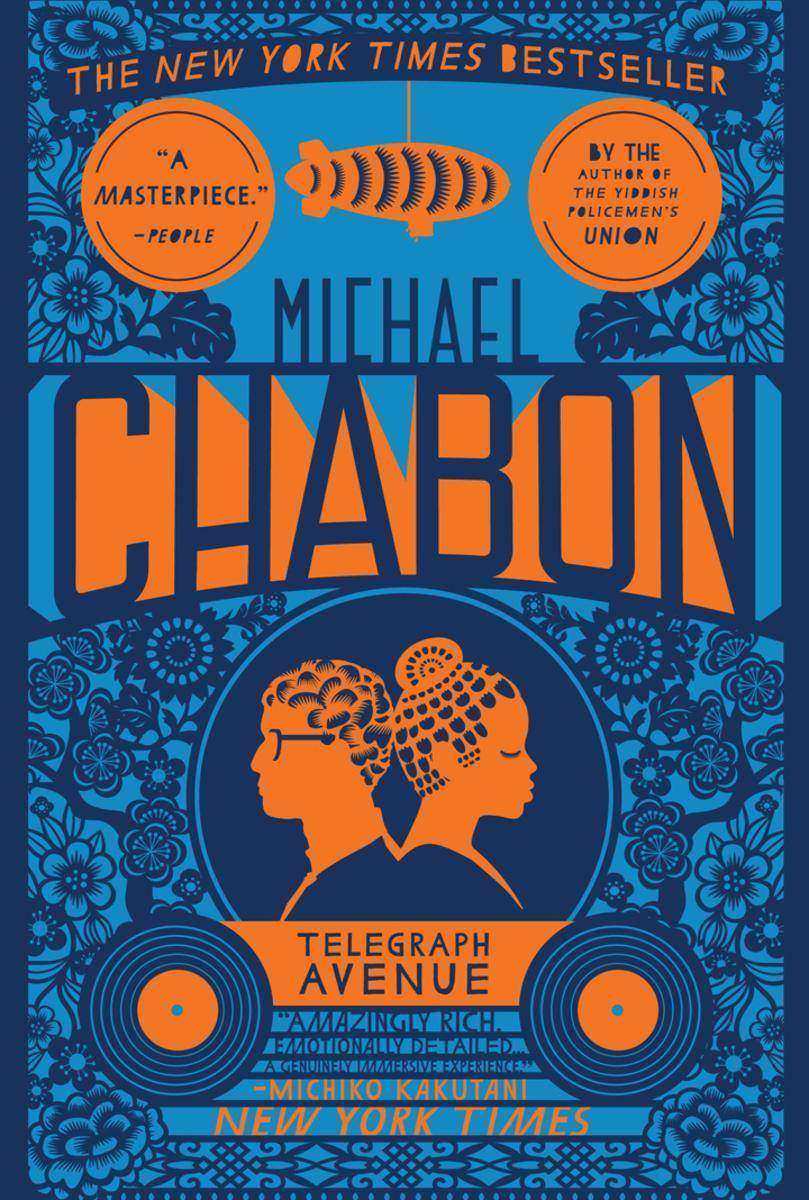
Telegraph Avenue
¥95.11
As the summer of 2004 draws to a close, Archy Stallings and Nat Jaffe are still hanging in there—longtime friends, bandmates, and co-regents of Brokeland Records, a kingdom of used vinyl located in the borderlands of Berkeley and Oakland. Their wives, Gwen Shanks and Aviva Roth-Jaffe, are the Berkeley Birth Partners, two semi-legendary midwives who have welcomed more than a thousand newly minted citizens into the dented utopia at whose heart—half tavern, half temple—stands Brokeland.When ex–NFL quarterback Gibson Goode, the fifth-richest black man in America, announces plans to build his latest Dogpile megastore on a nearby stretch of Telegraph Avenue, Nat and Archy fear it means certain doom for their vulnerable little enterprise. Meanwhile, Aviva and Gwen also find themselves caught up in a battle for their professional existence, one that tests the limits of their friendship. Adding another layer of complication to the couples' already tangled lives is the surprise appearance of Titus Joyner, the teenage son Archy has never acknowledged and the love of fifteen-year-old Julius Jaffe's life.An intimate epic, a NorCal Middlemarch set to the funky beat of classic vinyl soul-jazz and pulsing with a virtuosic, pyrotechnical style all its own, Telegraph Avenue is the great American novel we've been waiting for. Generous, imaginative, funny, moving, thrilling, humane, triumphant, it is Michael Chabon's most dazzling book yet.

HarperCollins
¥85.88
Don’t miss out on an exciting new My Weird School ebook collection, complete with the first four books in Dan Gutman’s seriously hilarious and seriously zany series. The collection includes My Weird School #1: Miss Daisy Is Crazy!, My Weird School #2: Mr. Klutz Is Nuts!, My Weird School #3: Mrs. Roopy Is Loopy!, My Weird School #4: Ms. Hannah Is Bananas!, and a bunch of seriously strange activities. The activities include a checklist, a maze, and a word scramble.Meet a teacher who eats bonbons, a principal who kisses pigs, a librarian who thinks she's George Washington, and an art teacher who dresses up in pot holders! They're all inside this collection! They must be getting pretty crowded in there!

Fresh Happy Tasty
¥196.49
Travel the world with 100 healthy, delicious, and simple recipes in this beautiful, evocative cookbookWs a personal chef to Diane von Furstenberg aboard the designer’s spectacular sailing yacht, Eos, Jane Coxwell has traveled to the far corners of the globe. Gathering inspiration from Southeast Asia, New Zealand, Australia, Papua New Guinea, French Polynesia, the Caribbean, the Mediterranean, Central America, and her homeland of South Africa, Jane’s delectable recipes can truly be called world food. Full of light, lively flavors, the freshest ingredients, and a down-to-earth attitude, and illustrated with dozens of lushly intimate photographs from Jane’s travels, Fresh Happy Tasty is the perfect way to share fabulous food and good times. Jane’s low-key approach applies to both her cooking and everyday life. The most delicious dishes, she believes, are created with fresh food that looks good, tastes great, and is thoughtfully prepared. Never extravagant or ornamental, Jane’s recipes are meant to inspire the freedom to create and enjoy cooking. Fresh Happy Tasty offers 100 of Jane’s favorite light and luscious recipes, including:Bright Green Pea Salad with Lemon and MintHerb, Lemon, and Caper Stuffed TroutHoney Poached PineappleCape Malay Lamb CurryBrussels Sprouts and Oyster Mushrooms with Pine NutsIsraeli Couscous with Shrimp and ZucchiniLobster QuinoaMiddle Eastern Watermelon SaladEnjoy wonderful flavors from around the world with Fresh Happy Tasty!

The Arthur Avenue Cookbook
¥196.44
Arthur Avenue winds its way through the heart of theBronx. Known to many as the "real Little Italy," the storiedArthur Avenue neighborhood has been home to a vibrantcommunity of Italian-Americans for over a hundred years.Today, this area continues to thrive as visitors and residents stopto buy a fresh, crusty loaf of bread; to enjoy a meal at Mario'sRestaurant; to dawdle for a while at Randazzo's raw bar on a warmsummer afternoon; or to hear Mike's Deli owner Michele Grecobelt out an aria from Rigoletto and spellbind his customers withtales of the Avenue's past.Now, for the first time, the residents of Arthur Avenue inviteyou to experience the magic of their kitchens and share theflavors of their family tables. Passed down through generations,their delicious recipes are time-tested, tried, and true -- and readyfor any kitchen. They include:? Sicilian Baked Ziti ? Yankee Stadium Big Boy (The Grecofamily's famous grinder that was rated one of the best in the cityby the New York Times) ? Osso Buco ? Olive Ciabatta ? Italian RicottaCheesecake ? Cannoli ? and moreThe Arthur Avenue Cookbook also invites you to savor the memoriesof the neighborhood's most colorful residents, restaurateurs, andshop owners, and those of their families -- many of whom havelived in the neighborhood since it first came into being. MeetMario Borgatti, the noodle maker who has been there for morethan eighty-five years. Anthony Artuso, Sr., takes his bakerybusiness so seriously that he went seventeen years without avacation -- in part, to ensure that each bride and groom got theperfect wedding cake. And Mike Rella, president of the ArthurAvenue Retail Market, remembers learning English by workingin a butcher shop, where he's now a partner with his uncle PeterServedio.This cookbook also provides a guide to the pastry shops, delis,restaurants, and other famous and lesser-known gems that lineArthur Avenue. Gorgeous photographs, extraordinary characters,and enticing dishes make The Arthur Avenue Cookbook an irresistibleaddition to any kitchen.




 购物车
购物车 个人中心
个人中心



